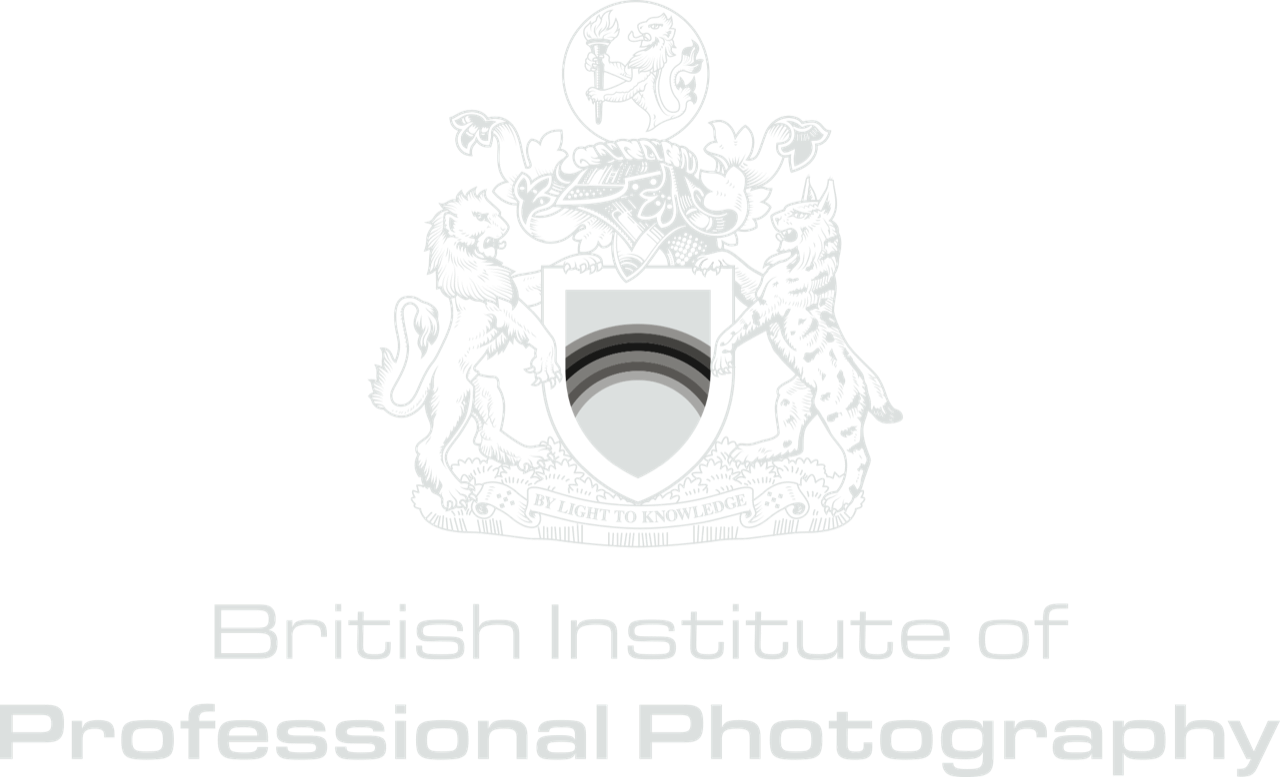A post inspired by seeing all the terrible video calls on the news recently, especially from those in broadcasting themselves that should know better…
We all make an effort with how we look when meeting in person, so why don’t we do the same when we’re on a video call too? With a few simple tips and no extra equipment, you can make yourself look amazing on camera. There’s also lots of kit you can buy to make things even better, but we’ll take a look at this in a future post.
- Clean your camera lens.
- Move the camera up to eye-level. We don’t want to see up your nostrils! (Use books/cushions/board games, anything!)
- Find the light! Have a quick spin around holding your phone camera in selfie mode. Watch how the light changes to find the most flattering angle. If you’re using a laptop or actual camera to record, a quick spin with the phone before setting everything up will save you loads of time. It will avoid you getting ready to go live and then realising you’re in the wrong spot.
- Have the light at 45 degrees to you if possible, i.e. not straight in front. This will create a flattering shadow across your face while still lighting your eyes.
- If you don’t have a window nearby, create your own light. Don’t just rely on the room light, it will most likely be coming from spotlights above or a ceiling light in the middle of the room. Overhead light isn’t flattering! Have a lamp at your height, 45 degrees to you (i.e at the 10 o’clock or 2 o’clock position). Or if you’re really stuck, use the torch light from someone else’s phone.
- Avoid backlight if you can (bright windows, lamps or open doors behind you). This will confuse the camera and you’ll probably look really dark.
- Avoid ‘split’ lighting, where half your face is in shadow and half in the light. (this is a ‘mean and moody’ look which you’ll often see used for the bad guys in films!)
- If you are using a phone, try and set it up on a tripod or rest it on something, do not try and hold it. You can then set up your frame before recording and use the rear facing camera, which is much better quality. This way, you’ll also have the option to use multiple lenses if your phone has them.
- Talk to the camera, not your screen. (I know, it’s hard and I’m guilty of it myself!). Using the phone tip above and using the rear-facing camera, you won’t be tempted to look at the screen so your videos will look more natural. For a few quick examples, here’s a series of photos to show how to get the best light. All taken on a phone at my desk within a few seconds of each other, by spinning around on my desk chair. See the dramatic change in lighting. All taken in auto mode with no editing.
Content © 2020 Ian Olsson. Please contact me for permission before using, by email, contact form or call 07731 37 97 27.


